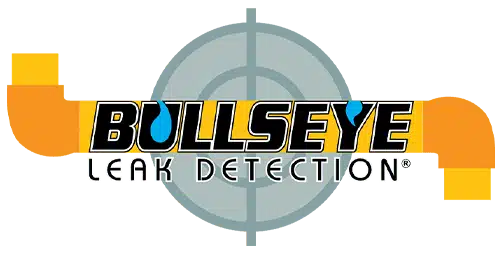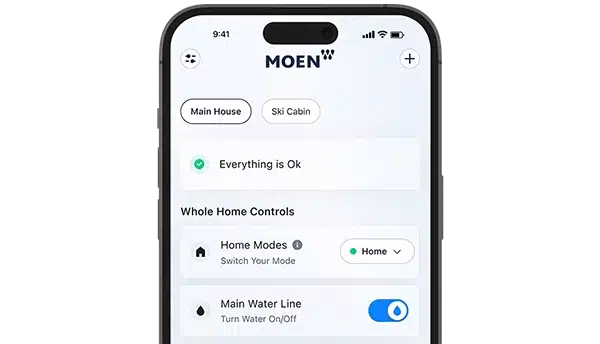A pool is meant for relaxation, not stress over disappearing water. If your water level drops faster than usual, it’s time to check if your pool has a leak. Addressing a leak early can save you from costly repairs and unnecessary water waste. While some water loss is normal due to evaporation and splashing, excessive loss can indicate a hidden issue. Identifying leaks early reduces repair costs and prevents excessive water bills, keeping your pool in top condition.
Signs That Your Pool Has a Leak
To determine if your pool has a leak, watch for signs beyond normal evaporation. Leaks can occur in the pool shell, plumbing, or filtration system, as these areas experience constant water pressure fluctuations, material degradation, and exposure to the elements. Over time, cracks, loose fittings, and deteriorated pipes can develop, leading to water loss. Spotting these issues early can prevent costly damage and the need for major repairs.
Unusual Water Loss
One of the most obvious signs of a pool leak is a consistent drop in water level. While pools naturally lose about 1/8 inch of water per day due to evaporation, anything more significant could indicate a problem.
What to Do:
- Mark the water level with tape and check it after 24 hours.
- If the water drops more than 1/4 inch, a leak may be present.
Cracks or Gaps in the Pool Structure
Leaks often occur due to cracks in the pool shell or around fittings. Concrete, fiberglass, and vinyl-lined pools can all develop structural issues over time.
How to Inspect:
- Look for visible cracks or gaps in the pool walls and floor.
- Check tile grout and skimmer areas for deterioration.
- Use food coloring near suspected cracks to see if water is being drawn out.
Wet Spots Around the Pool
If you notice soggy patches or standing water near the pool, underground plumbing may be leaking. Left unchecked, it can weaken the pool’s foundation and lead to costly structural damage. Addressing this issue early can prevent major repairs and water waste.
Warning Signs:
- Soft, wet ground around the pool deck.
- Unexplained water pooling in the yard.
- Increased algae growth in specific areas due to excess moisture.
Higher Water Bills or Increased Chemical Use
A sudden spike in your water bill—often an increase of 10% or more—or frequent chemical imbalances may signal a pool leak. When water leaks out, fresh water must be added, which dilutes chemicals and disrupts pH levels.
What to Watch For:
- Unusual increases in water usage on your bill.
- Needing to add chemicals more frequently than usual.
- A sudden shift in chlorine or pH levels.
Air Bubbles in the Pump System
If air bubbles appear in the pump basket or return jets, there may be a suction-side leak allowing air into the system.
What This Means:
- Suction leaks can cause inefficiencies in water circulation.
- Air entering the system can damage pool pumps over time.
- Checking pump lids, O-rings, and plumbing connections can help locate the issue.
Where Does Water Go When a Pool Leaks?
When a pool has a leak, the lost water doesn’t just disappear. Depending on where the leak is, water can seep into the ground, eroding soil and causing foundation issues. In extreme cases, leaks can lead to shifting decks, sinkholes, or damage to nearby landscaping and structures.
Warning Signs:
- Soft, wet ground around the pool deck.
- Unexplained water pooling in the yard.
- Increased algae growth in specific areas due to excess moisture.
Where Is the Most Common Pool Leak?
Pool leaks can occur in various areas, but the most frequent locations include the skimmer, return lines, and main drain. These components experience high water flow and pressure, making them prone to wear and tear. If these areas show signs of water loss, further testing is necessary.
How to Confirm a Pool Leak
If you’ve noticed any of the above signs, scheduling a professional Stockton pool leak detection service can help identify hidden leaks that DIY tests may not detect, ensuring a thorough assessment and proper repair.
The Bucket Test
This simple at-home test requires no special tools and helps measure how much water your pool loses compared to natural evaporation.
Steps:
- Fill a bucket with pool water and place it on a pool step.
- Mark the water level inside and outside the bucket.
- After 24 hours, compare the levels.
- If the pool water level drops significantly more than the bucket, a leak is likely.
Dye Test for Structural Leaks
Using food coloring or leak-detection dye, you can check for cracks or leaks in your pool shell. Wait a few minutes after applying the dye—if it gets pulled into a crack or drain, a leak is confirmed. This test is useful in determining whether your pool has a leak in the structure.
How to Perform:
- Turn off the pool pump.
- Squirt dye near suspected leaks.
- If dye gets pulled into a crack or drain, a leak is confirmed.
Check out our guide for more detailed DIY pool leak tests.
When to Call a Professional
If a leak is confirmed in your pool and you can’t locate the source, a professional inspection is recommended. Catching a pool leak early can save you money and prevent long-term structural issues. Ignoring pool leaks can lead to severe structural damage, soil erosion, and increased water bills.
For fast and accurate leak detection, contact our expert Stockton plumbers at Bullseye Leak Detection. With advanced leak detection equipment and years of experience, they can quickly locate and repair leaks, saving you time and preventing costly damage. Their team specializes in pinpointing and repairing leaks to keep your pool in top condition.





